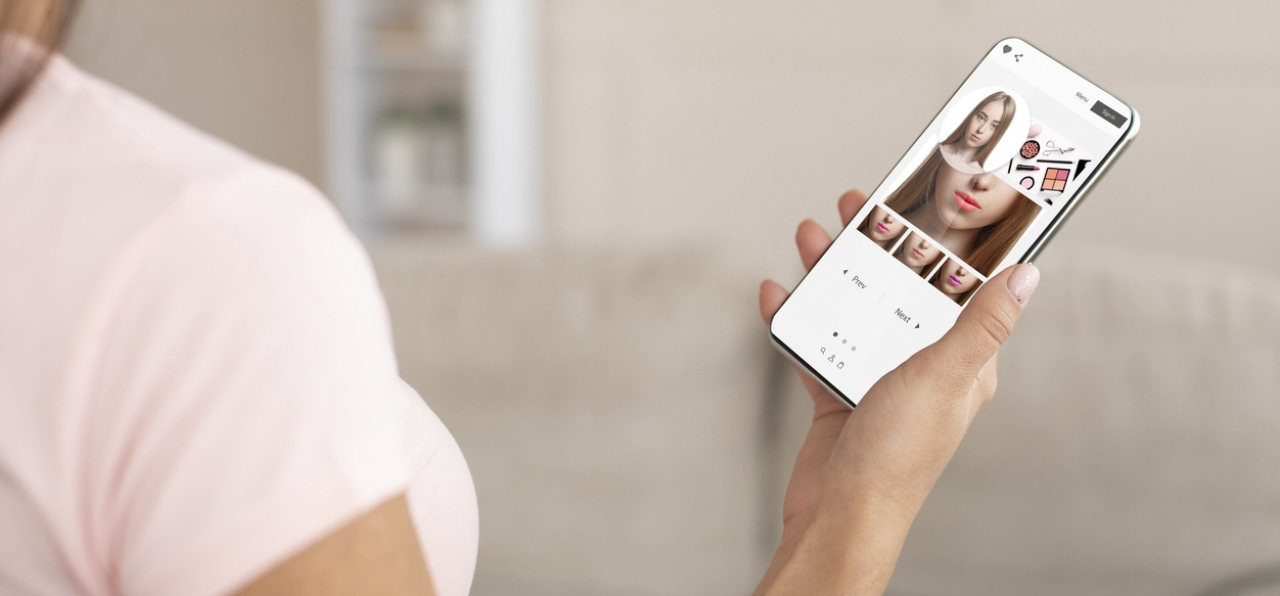The dark side of AI in health & beauty

AI is revolutionising the way many industries are working, but it’s not always for the better. The health and beauty sector has started to run away with the tech, providing customers with new ways of discovering and trying out products. While this use of AI does have certain benefits, its darker applications raise serious questions around ethics, transparency and consumer trust. As an industry that already faces pressure and scrutiny for promoting unrealistic standards, AI has the power to either build confidence or erode it completely.
Here's what brands need to watch out for:
1. Deepfakes in skincare and cosmetic advertising
· AI-generated before-and-after images are increasingly used to promote skincare, anti-aging, or fitness products.
· These images can be entirely synthetic or subtly altered to exaggerate results, making it difficult for consumers to distinguish fact from fiction.
· The ASA (UK's Advertising Standards Authority) and the FTC (in the US) are starting to crack down, but regulation hasn’t caught up with reality.
UX risk: Trust erosion. Users who feel misled may disengage from the brand permanently.
2. Fake reviews at scale
· AI can now write human-like product reviews in bulk, making it harder for customers to spot what’s genuine.
· This is especially dangerous in health & beauty, where trust in safety, efficacy, and suitability is crucial.
Platforms like Amazon and Sephora are investing in machine learning to spot and remove fakes - but it's a constant arms race.
UX opportunity: Verified purchase labels, AI-detection disclaimers, and trust-building design patterns.
3. Synthetic influencers and AI-generated creators
· Virtual influencers (e.g., Lil Miquela) and AI models are now fronting beauty campaigns. They don’t get blemishes or complain about product issues.
· Brands like L'Oréal and Prada are experimenting with digital faces and synthetic endorsements, which may save cost but can also feel inauthentic.
Ethical risk: Lack of transparency, unrealistic beauty standards, and loss of human relatability.
4. Generative AI in product development
· On the positive side, AI is helping brands create custom formulas, match shades across ethnicities, and simulate skin reactions based on digital skin scans.
· AI tools can now predict ingredient combinations for specific skin needs, accelerating R&D cycles.
CX win: More inclusive, personalised beauty at scale - if communicated clearly.
5. AI voice and chatbots giving dubious health advice
· In health-focused beauty (like supplements or weight-loss aids), chatbots powered by large language models are sometimes used in place of qualified advisors.
· Without tight guardrails, these bots can overstep boundaries, suggest inappropriate products, or fail to spot underlying medical risks.
UX guideline: Always flag when users are interacting with AI. Use disclaimers, hand-off options to human advisors, and avoid diagnostic claims.
6. Augmented reality try-ons becoming too “perfect”
· AR try-on tools (for lipstick, foundation, etc.) can subtly smooth skin, brighten eyes, or idealise faces.
· This distorts perception and contributes to digital dysmorphia, especially among teens and Gen Z.
Best practice: Let users toggle “real vs enhanced” modes. Offer honest previews over flawless fantasies.
AI offers huge promise in personalisation, product discovery, and innovation. But in the health and beauty space - where confidence, safety, and representation matter - it must be applied with caution, transparency, and empathy.
If you want to ensure you are creating a community that is trustworthy, designed for everyone and build confidence in the health and beauty space, chat to one of our UX experts who can set you off in the right direction.